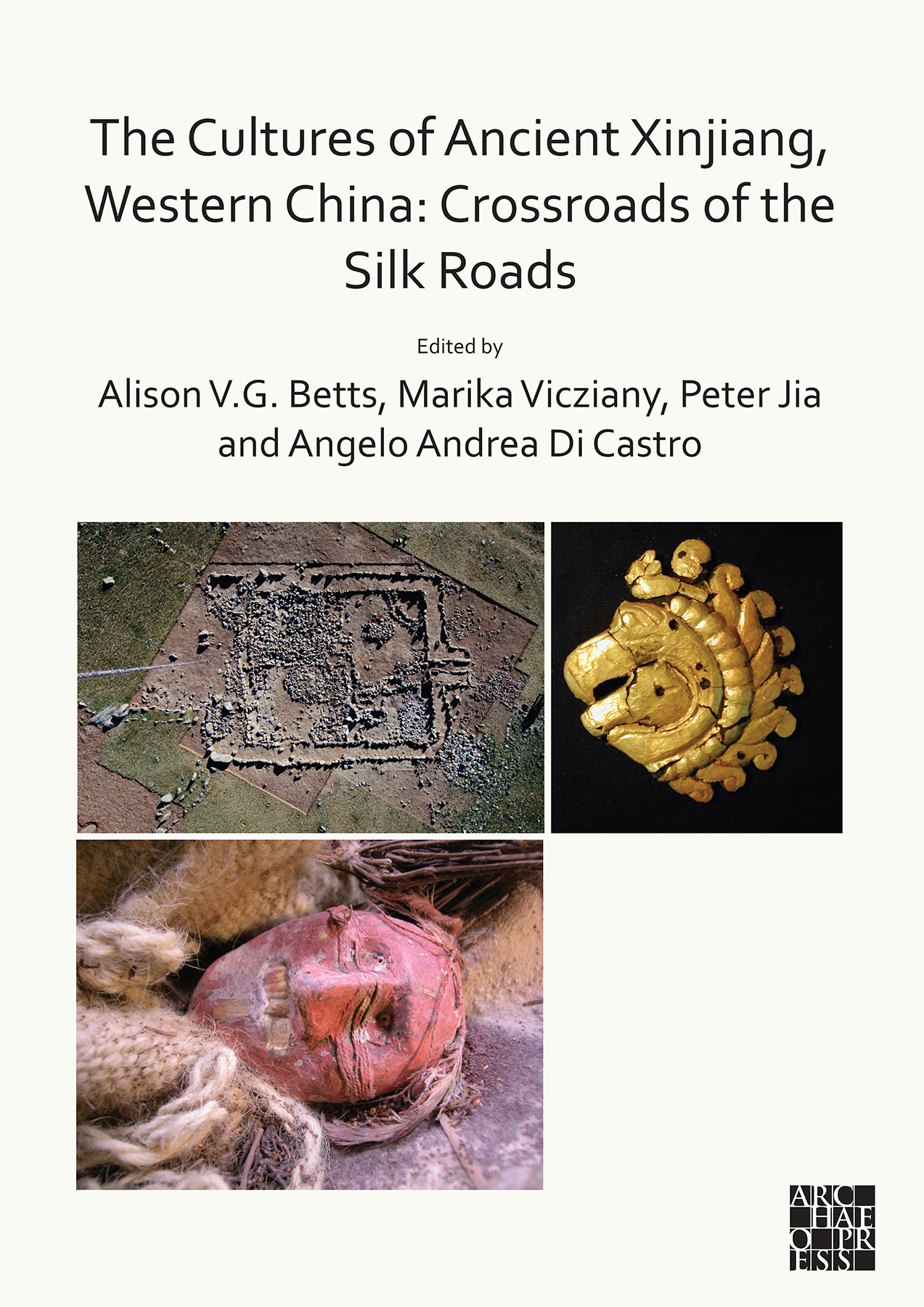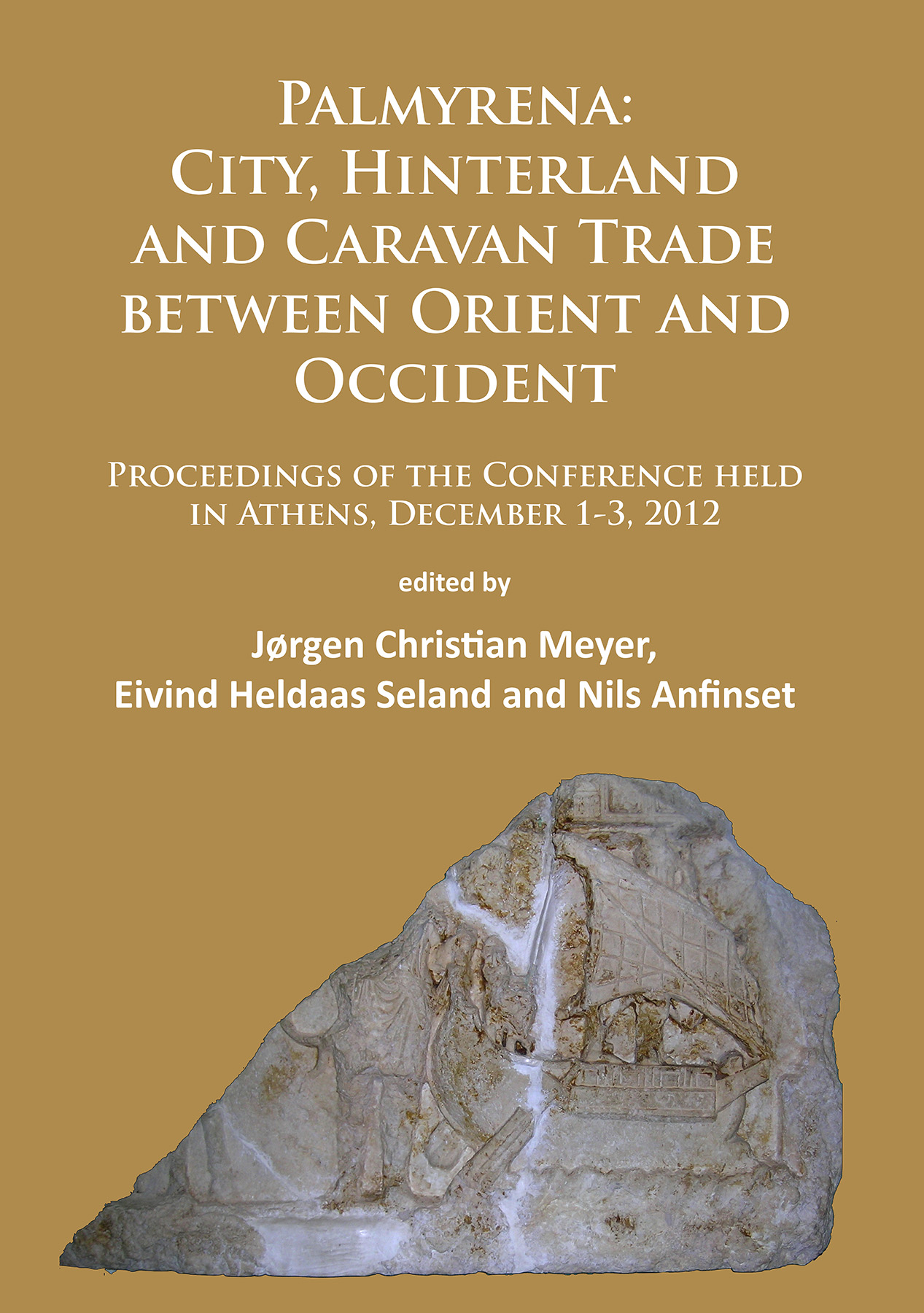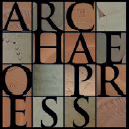
Publishing Scholarly Archaeology since 1997

Download Sample PDF
H 290 x W 205 mm
218 pages
214 figures (67 colour pages)
Published Dec 2019
ISBN
Paperback: 9781789694062
Digital: 9781789694079
Related titles

The Cultures of Ancient Xinjiang, Western China: Crossroads of the Silk Roads
Edited by Alison Betts, Marika Vicziany, Peter Weiming Jia, Angelo Andrea Di Castro
Paperback
£38.00
Includes PDF
PDF eBook
(personal use)
£16.00
PDF eBook
(institutional use)
£38.00
One of the least known but culturally rich and complex regions located at the heart of Asia, Xinjiang was a hub for the Silk Roads, serving international links between cultures to the west, east, north and south. Trade, artefacts, foods, technologies, ideas, beliefs, animals and people traversed the glacier covered mountain and desert boundaries.
About the Author
Alison Betts, Professor of Silk Road Studies, University of Sydney, has worked on the archaeology of Central Asia for more than two decades and more recently on Xinjiang.Marika Vicziany, Professor Emerita in Arts, Monash University, has specialised during the last four decades in Indian and Chinese culture and socioeconomic change.
Peter Weiming Jia, Research Fellow, University of Sydney, has for more than a decade studied the Bronze Age sites of Xinjiang.
Angelo Andrea Di Castro, Research Adjunct in Arts, Monash University, has been working on archaeological sites in Italy, Nepal, Australia and China for some three decades.
Reviews
'... the volume as a whole is outstanding. It gives readers a new view on the recent development of archaeology in Xinjiang and helps bridge the gap between Chinese and Western scholarship on this heartland of the Silk Roads. Researchers interested in the ancient cultures of Xinjiang will find it useful for informing them about recent research progress and stimulating inspiration for future directions.'
'This is an invaluable set of essays dedicated to dating, identifying and analyzing material culture, funerary features and crops in the modern province of Xinjiang. Often claimed as the entry point of exchange between the eastern world leading to China and the west, these essays document evidence for this interaction through object-based study by using formal analysis and discussing use patterns non-local items. The application of scientific methods to date and identify plant residues, and to investigate metallurgical details of manufacture including sources of ores adds immeasurably to our ability to understand the processes by which such exchanges took place.'

 Add to wishlist
Add to wishlist
